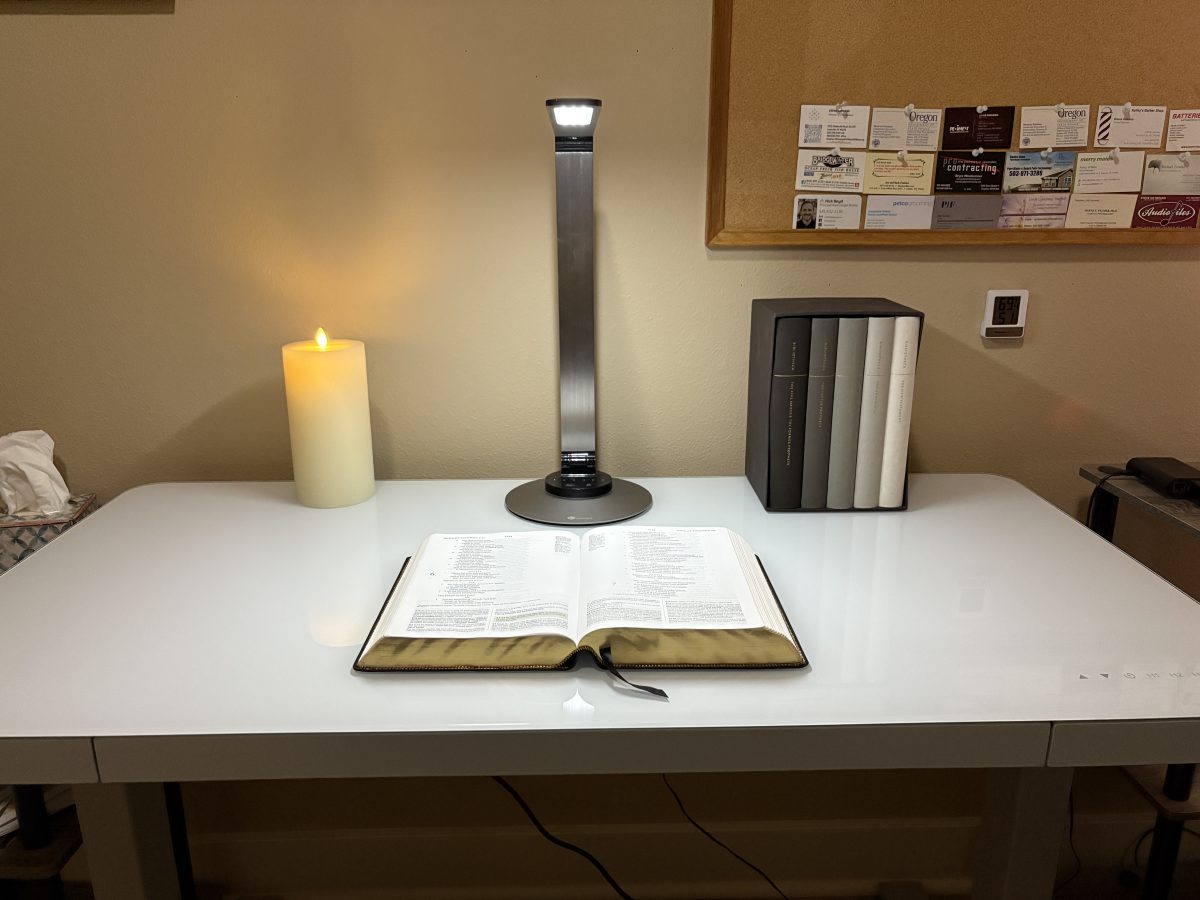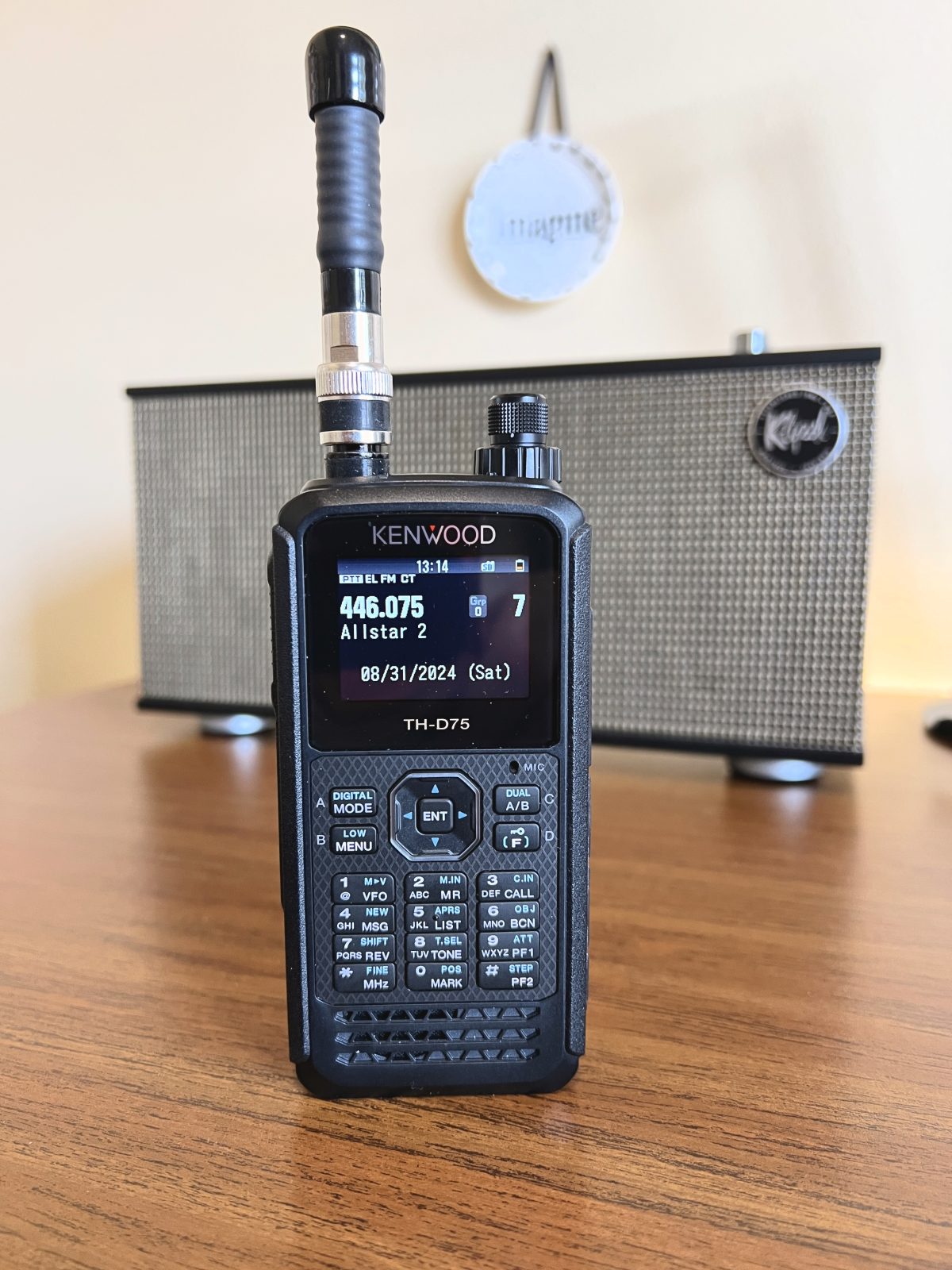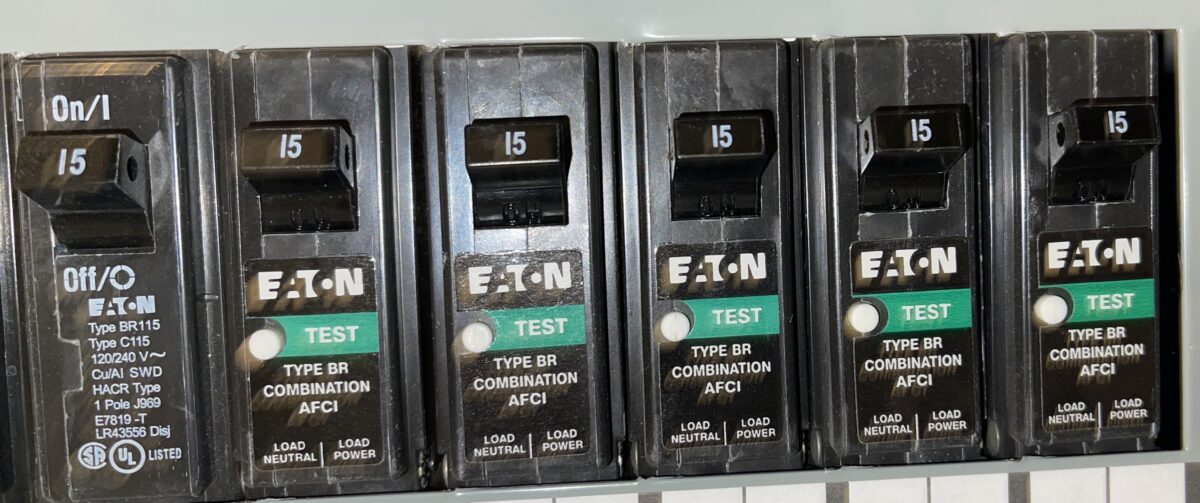People are currently thinking of 2025 new year’s resolutions. Instead of doing that, I want to look back at some things I did in 2024. None of them were new year’s resolutions.
- I set up a DNS-based content filter on all my devices. This keeps me from going where I don’t want to go. Of course, I can circumvent the filter in less than five minutes. But why would I want to do that?
- I quit social media. This is actually related to #1 above. I really liked keeping in touch with people on social media. But both Facebook and Twitter were both steady streams of almost-porn type material. There was no off switch. My wife said she never noticed any of that. Well… probably because the algorithms don’t target women with that kind of thing.
- I sold or gave away virtually all my ham radio gear. Although I did recently add one radio back in. My shack is completely barebones. I have one handheld, one mobile dual-band radio, and a power supply.
- The extra room I gained from ditching most my ham gear was used to setup a desk dedicated to a large and heavy ESV Study Bible… laying open underneath a desk lamp. This is my dedicated place for meeting with God. I know. One doesn’t need a dedicated place for that. But… I like this. I like that it makes it super convenient.
- I whittled the computer devices I regularly use down to a MacBook Air, a 13-inch iPad Pro, a smart phone, and a smart watch. Just getting prepped for life in an RV.
- I quit drinking coffee. This hasn’t been as hard as I thought. While this wasn’t a new year’s resolution… New Year’s Day was the first day completely without. I decided I preferred being tired and very relaxed over being under the influence of a stimulant most of the time. Caffeine is an addictive drug. I know how addictive drugs go. For that reason, I won’t claim victory on this until a few months from now.
- I quit drinking alcohol. I’m three months in on this. I don’t even think about it. I believe I can call this one a victory. I just came up with a good reason to quit. My health was never a good enough reason. Although it probably should have been.
While this is not in the area of personal improvement… I did trade my newish Mazda CX-5 in on a brand new motorhome that my wife and I will be living in after we retire. About that same time I found a 24 year old Lexus on the local bargain lot with only 81,000 miles on it. So that’s what I’ll be driving until we hit the road in the RV. The RV was in the shop for about 6 months after we bought it. We got to take it on its maiden voyage over Thanksgiving weekend. Now it’s in storage until next year. All the problems we know about are fixed.




